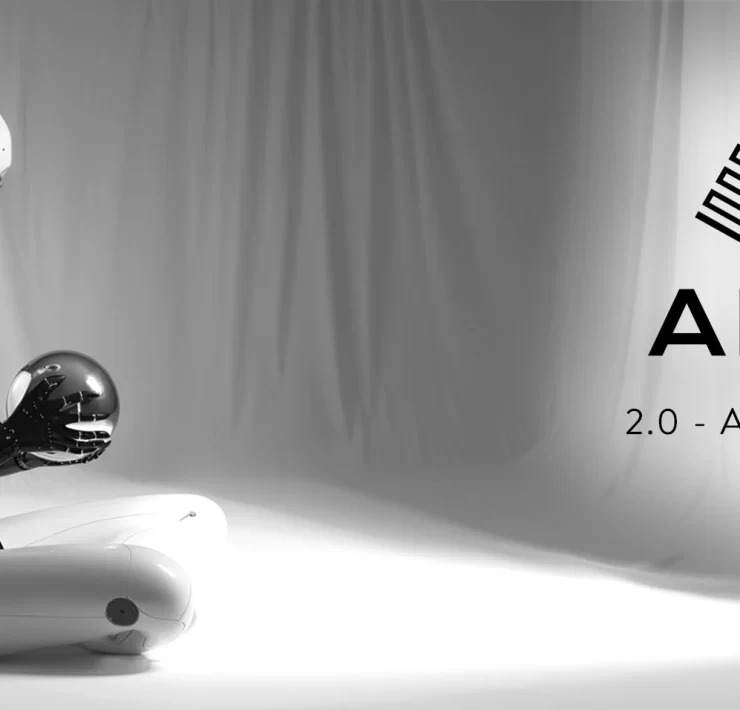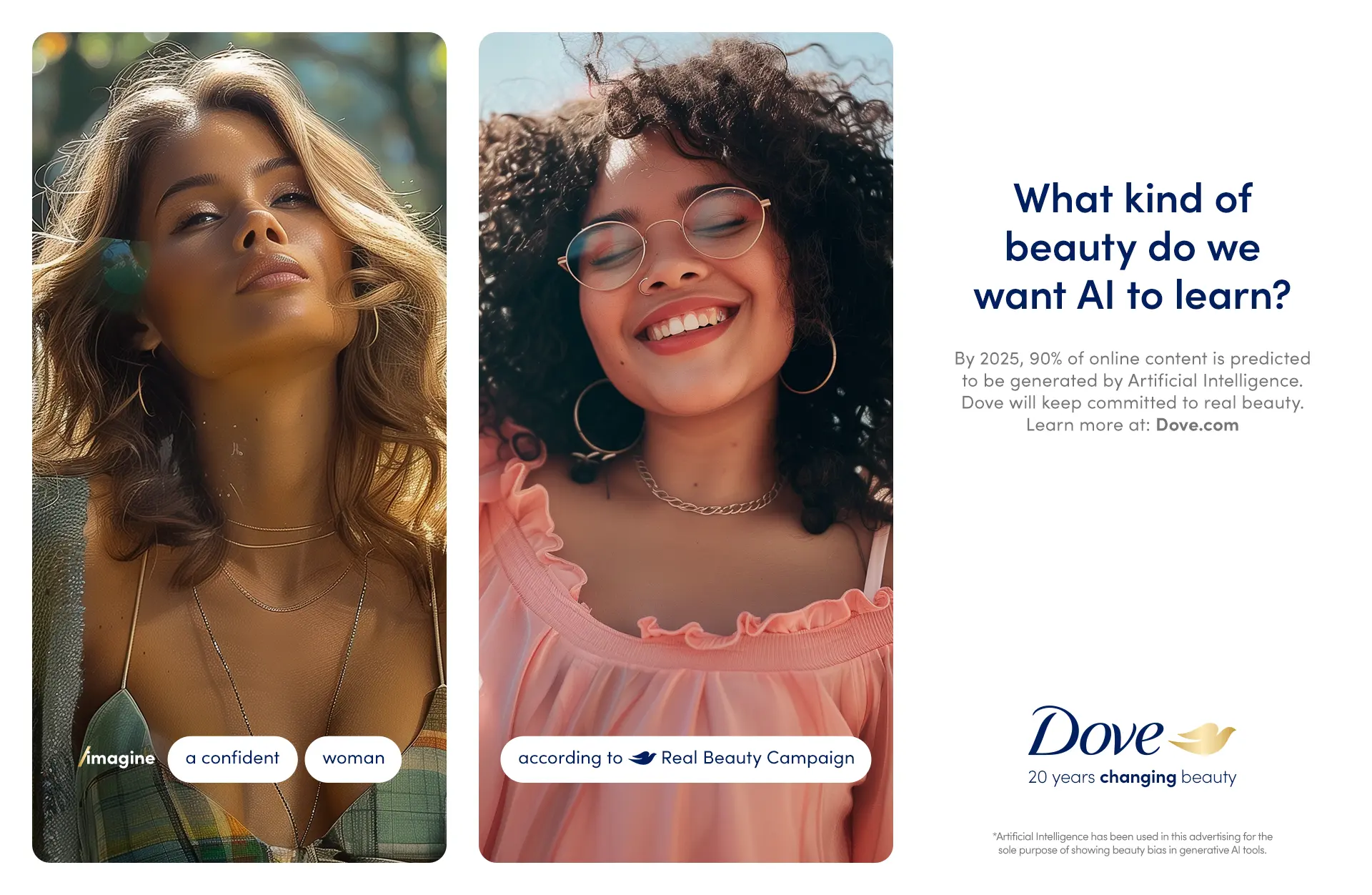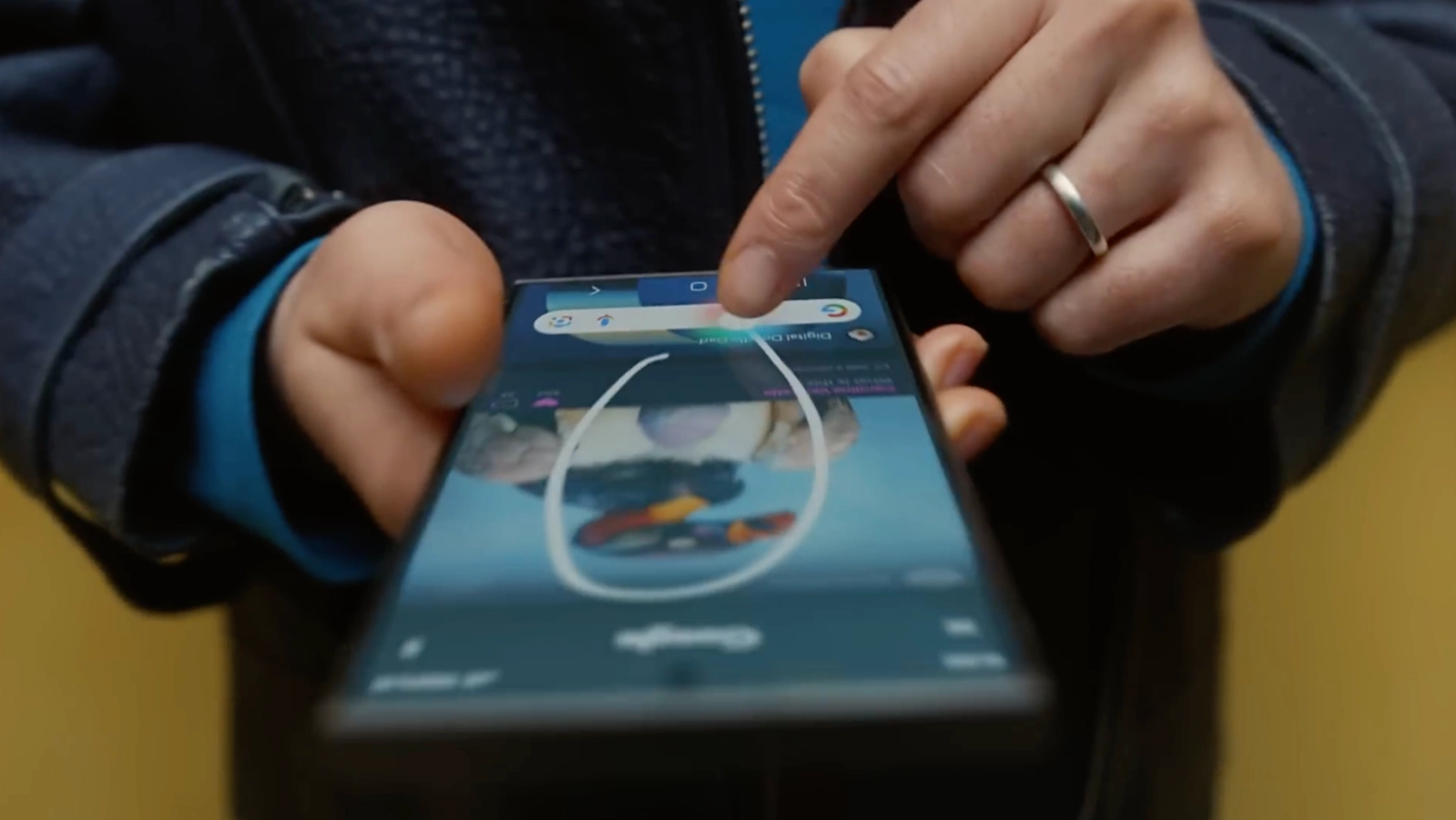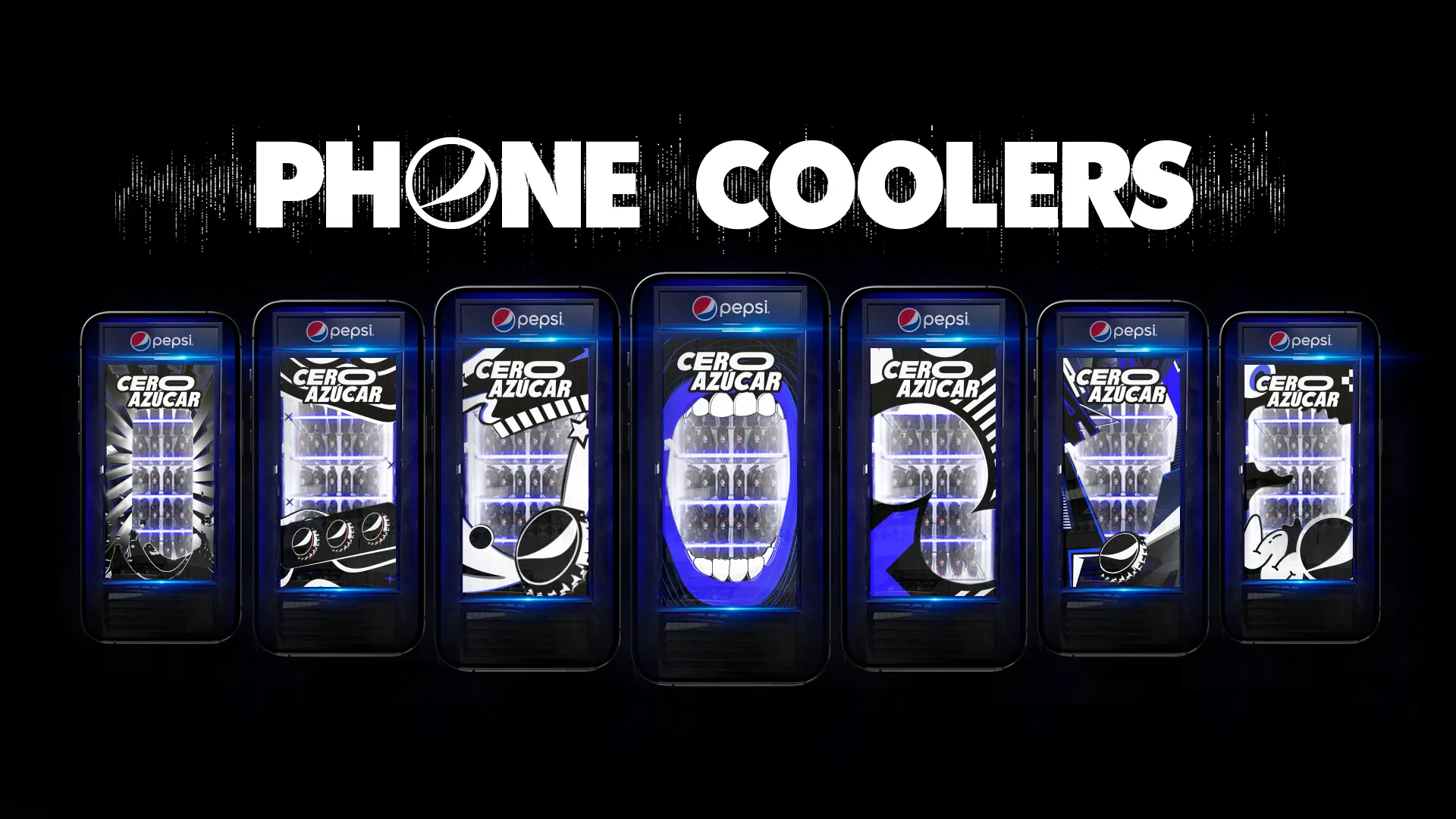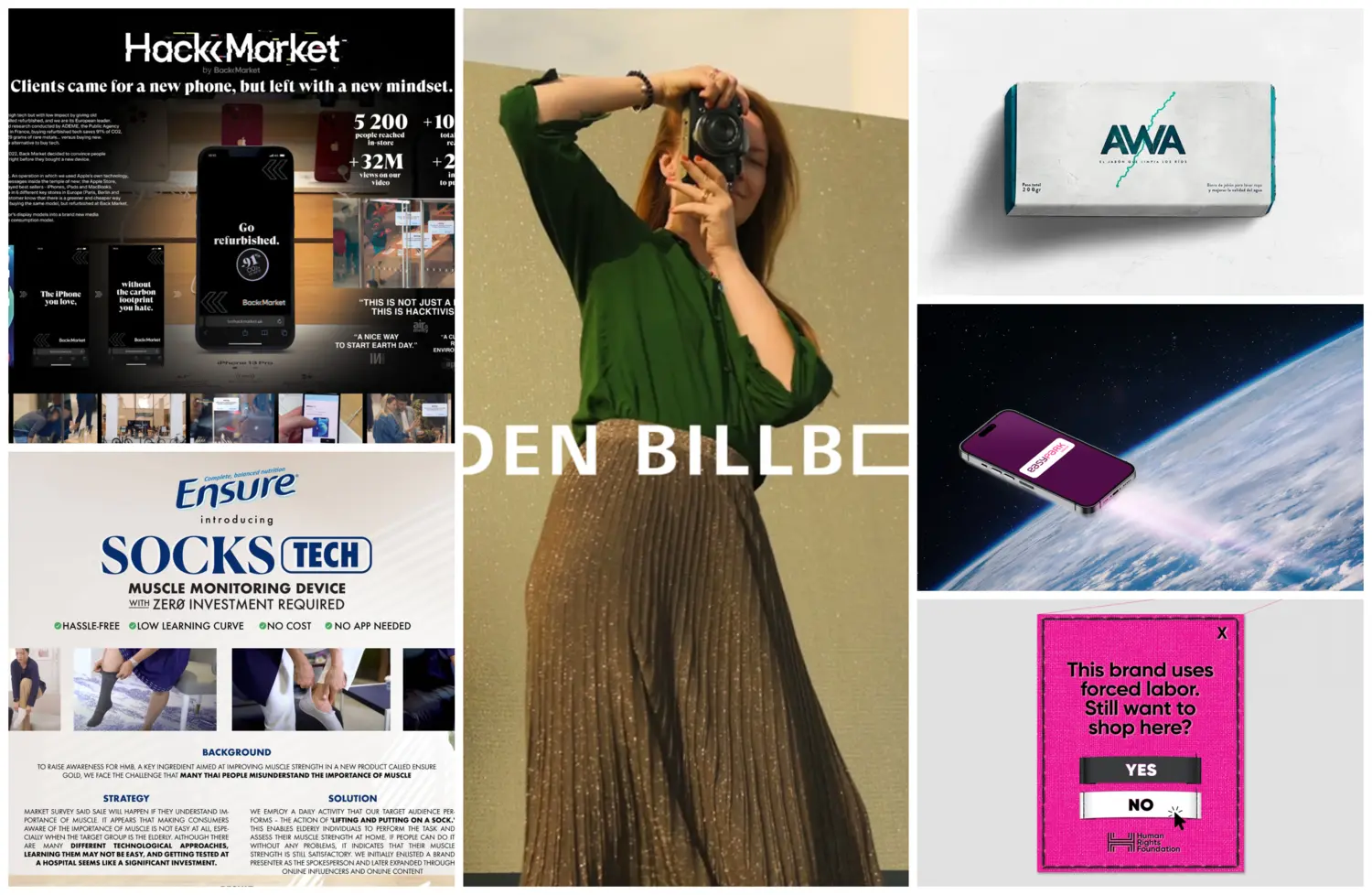Programmatic Advertising: Future of Ad World?
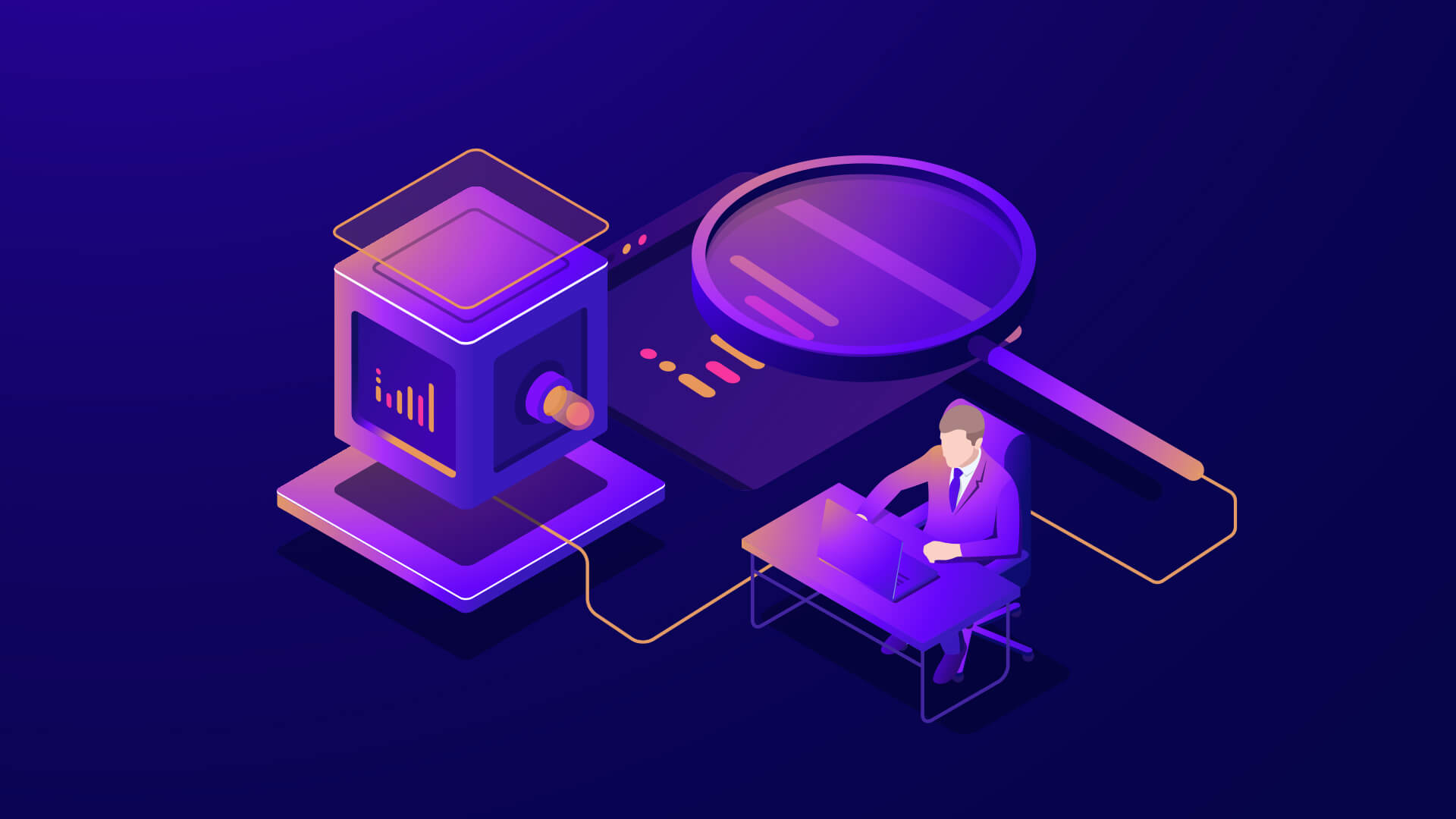
We live in a world of advertisements. Be it a roadside banner, a small advertisement in between your favourite television show, a column in your daily newspaper. In the era of smartphones and social media, these traditional forms of advertisements were taken over by artificial intelligence and thus was born programmatic advertising.
Simply put, programmatic advertising is a simple buy and sell of ads between advertisers and publishers using artificial intelligence for better reach and impact. It has a two-fold benefit where advertisers can better reach their target audience, and publishers get the highest rate for the available ad space. The USP of programmatic advertising is that it is all done in a fraction of seconds.
Although programmatic advertising has its perks, it has a specific set of limitations as well. It handles all the menial tasks like ad tags and ad insertions, but it still falls short when optimizing the ads and planning effective campaign strategies. It falls explicitly short in reaching the target when it comes to niche and micro-niche websites.
But these are minor issues that can easily be tackled by the right planning and effective campaigns by humans. You need the right set of the team who has good knowledge about programmatic advertising. After all, most brands have had good luck reaching the right masses and achieved a high level of profits and transparency with the right strategies using programmatic advertising.
How does it work?
Programmatic advertising is a pretty straightforward process.
Step 1: Visitor visits the webpage of his interest.
Step 2: The website owner, aka the publisher, puts up the ad impressions on his webpage for auction at a marketplace.
Step 3: The ad marketplace then holds an auction amongst the advertisers who then compete for displaying their ads for the impressions.
Step 4: The advertiser willing to bid the highest amount for the auction then wins the right to display his ad on the said webpage.
Step 5: The ad is then delivered and shown to the visitor, aka prospective customer.
Step 6: The visitor then sees the ad and clicks on it. The advertiser then converts the customer as a potential buyer by accomplishing successful sale and eventual profit.
Although you may see a bunch of steps here but with artificial intelligence, all these are done in real-time, that too in a fraction of seconds.
How will it help companies/brands?
Brands and companies have access to real-time data of their ideal audiences and their activities. Thus, they will have better:
• Ability to scale the advertisement
• Real-time campaign performance
• Targeting capabilities be it geographic, demographic, depending on interests, behaviours, time, and even depending upon seasons and weather conditions.
• Publisher options to choose from.
It is to be predicted that in 2021, 88% of the digital advertising market in the US alone will be going the programmatic advertising route.
With the ever-rising popularity of programmatic advertising, the future seems to be continued to rule by AI with better and improved reach. Be it a publisher or an advertiser, and it’s the right time to hop on board and reap the benefits that programmatic advertising has to offer.
